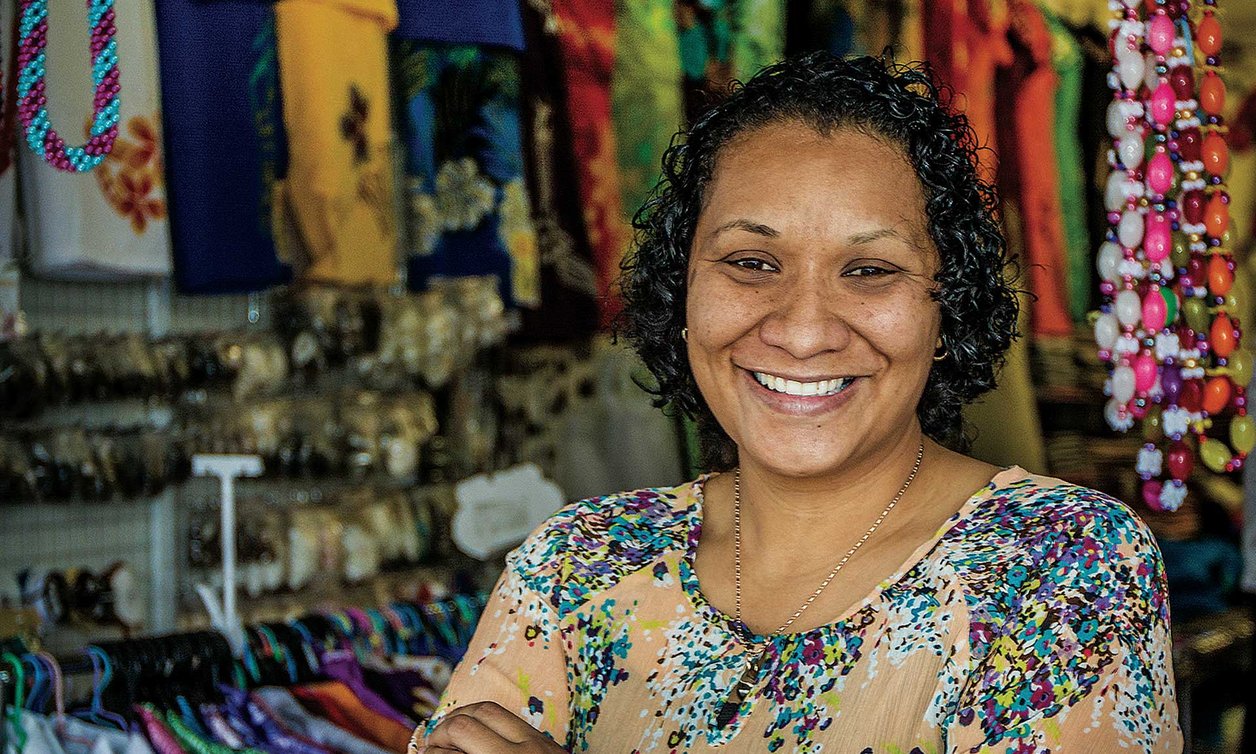
#Awa in english translation skin
Their skin also sways to a more green or turquoise color than the traditional blue, with fluid, ripple-like stripes. Stronger upper bodies can be observed, especially in males, who also possess a slightly different chest structure from mainland males.Ĭurly hair appears to be the norm within the clan. They also have a nictitating membrane, or 'third eyelid'. Their eyes are enlarged considerably and feature a blue or green color rather than yellow, their forearms and lower legs have expanded to include a fin-like structure known as a 'strake', and the tails are broadened to form a paddle shape and lack a tuft of hair at the end.

The Metkayina have adapted seemingly for an aquatic lifestyle, bearing considerable differences from mainland Na'vi. Once a Metkayina has completed all of these rites, they are bestowed with a special garment, their first tattoo, and three beads for their songcord. One of these rites includes bonding with a tsurak (skimwing), others are various tests with their tulkun spirit brother or sister. Much like Omatikaya clan teenagers, young Metkayina members must complete a number of coming-of-age rituals, known to the Metkayina as iknimaya, before they can be considered adults. The name of the ritual refers to the first breath the child takes after surfacing. The newborn then has to swim out of the water on its own, which is a symbolic transition from this element to air. This is a symbol of Metkayina's deep connection to water, which is her second home. It takes place in shallow water, and the Tsahìk helps the mother give birth to a child that emerges directly from the womb into the water. This a highly symbolic birth ritual that takes place with the participation of the entire clan. One of their rituals for newborns is known as First Breath. Members receive their first tattoo after they complete all of their rites of passage into adulthood. The Olo'eyktan has the most intricate tattoos within the clan, spanning much of their body. The tattoos are considered a gift both from Eywa and the clan and are created with inks from special animals. Thus, a hunter of the deep sea has densely tattooed arms and less on their chest. Arm tattoos represent the more exposed protective shield of the seawall. The locations of each tattoo carry a symbolic meaning: tattoos over the heart and chest symbolize the safe embrace of the central island. All of the tattoos are unique to the individual and chronicle their life. The clan, like other reef clans, practices the art of tattooing. They use Na'vi Sign Language to communicate with each other underwater, as well as with the tulkun. During combat, skilled hunters of the Metkayina ride the skimwing taming one is also a rite of passage into adulthood, similar to how some mainland Na'vi clans must tame an ikran as they come of age.

They have also domesticated ilus, using them as a mode of transport across the Pandoran oceans, much like direhorses of terrestrial Na'vi. The Metkayina consider them to be their siblings, with each member having a tulkun "spirit brother/sister", and share their religion. The Metkayina have a close relationship with tulkuns, sentient, whale-like creatures of Pandora, and are able to communicate with them. The Cove of the Ancestors is an area sacred to the Metkayina and houses their primary sacred site, the Spirit Tree. The islands of the Metkayina and the waters surrounding them are home to many unique specimens of fauna and flora, such as the dorado verde, pincer fish, and papa mantis tree. The main village of Awa'atlu has small docks for canoes, a centralized ilu pen and communal areas for gathering, eating and the telling of tales and singing of songs. Structures are constantly renewed but seldom replaced. Some of the Metkayina villages have existed for thousands of years.

Massive seawall terraces, similar in appearance to travertine terraces, guard the villages from strong waves and provide an easy place for the clan to fish. These homes hang directly above the water presumably for easy access for swimming. Their homes are marui pods which are built into the roots of mangrove-like trees spanning the islands. The Metkayina live along the shores of the Pandoran oceans, on islands or near the mainland.


 0 kommentar(er)
0 kommentar(er)
